The Dutch Grand Prix this weekend marks the start of the second part of the season.
10 races remain in the season and for the first four teams in the standings in particular, it represents a verification of sorts of the examinations taken of the critical issues that have emerged from their cars in the first 14 rounds.
For McLaren and Mercedes, it can also be a confirmation of the progress achieved, but the first point is rather more relevant for Ferrari to prove that it has done its homework and filled the gaps that, at a certain point, seemed unbrigdeable.
Up until the British GP, Ferrari seemed lost, with a potential leap forward between Hungary and Belgium needing to be proved
Ferrari's form fell away with the introduction of its second upgrade package of the year in Spain which put the car in muddy waters by re-introducing porpoising., from which the team could not extract itself.
There was a long process of understanding the situation, which lasted three races, from Austria to Hungary where the aerodynamicists directed by Diego Tondi analysed how the critical issue arose and above all, how it was possible to get rid of it.
As an immediate solution for Budapest was to introduce a reinforced floor, which prevented the bending in front of the rear wheels, but the root of the problem found by the Maranello engineers lies more at the level of vehicle dynamics than pure aerodynamics.
In this sense, the joint analysis between the aerodynamic and vehicle dynamics departments have identified the possibility of intervening in the internal kinematics of the suspensions, without making radically invasive changes.
Viewed by others:
Ferrari's perfect recipe?
They would guarantee not only a decisive damping of the jolts induced by low-to-the-ground settings, but would contribute to a better "dialogue" between the front and rear axles. As mentioned, these are not necessarily invasive interventions which, both for reasons of time and the budget cap could not have been implemented.
In practice, the adoption of different leverage ratios between the internal elements of the suspension, with particular emphasis on the front one, and the adoption of a third damping element that allows the elastic response of the suspensions to aerodynamic jolts to be controlled, could prove to be the perfect recipe to be able to extract the maximum potential from the aerodynamics of the car.
The aerodynamic package brought to Zandvoort will instead constitute the latest planned developments, and would therefore be supported by a precise stability of the "platform" which would allow the adoption of radical setups on each track.
Ergo once again, this would show an all-around prerogative (with competitiveness not excessively dependent on the layout of the track) which had vanished since the Spanish GP.
It is possile to therefore suggest that the tasks carried out by the Scuderia during the holidays are those which, on paper, should allow the drivers and the team to "take risks".
This is the mantra repeated several times by Frederic Vasseur, which translates into less compromised setups and configurations, and less conservative strategies.
Also interesting:
In the latest episode of the RacingNews365 podcast, Nick and Sam look ahead to the return of F1 at this weekend's Dutch Grand Prix. Max Verstappen's chance to end Lando Norris' title dream is discussed, as well as the pressure on Sergio Perez and Daniel Ricciardo.
Rather watch the podcast? Then CLICK HERE!
Don't miss out on any of the Formula 1 action thanks to this handy 2026 F1 calendar that can be easily loaded into your smartphone or PC.
Download the calenderMost read
In this article
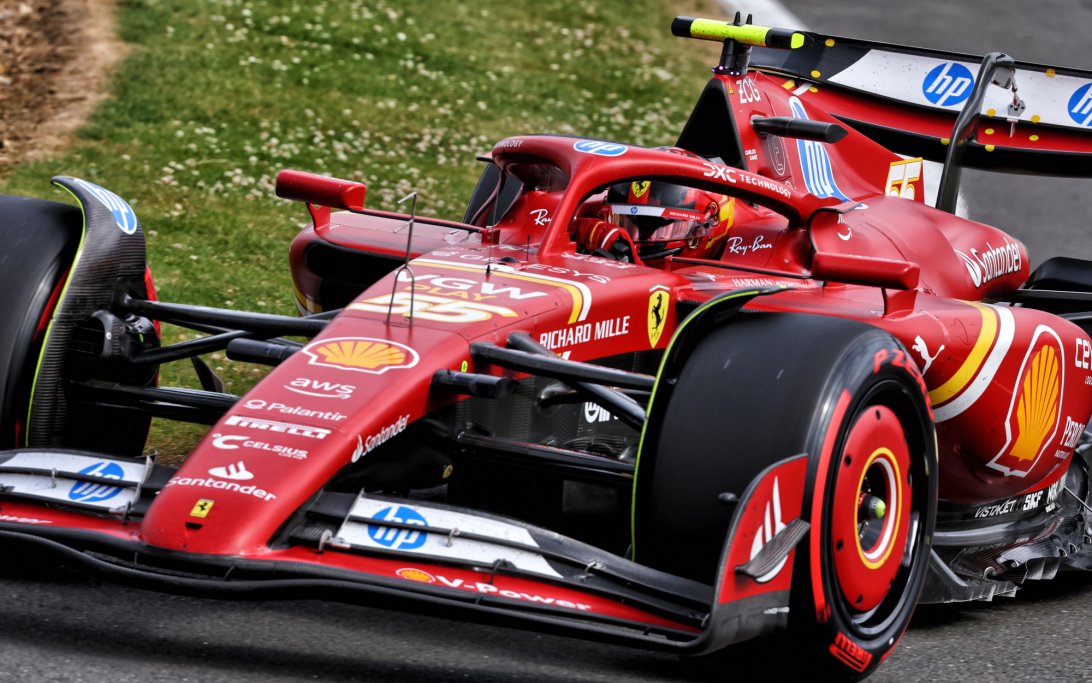
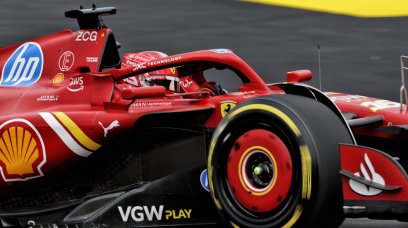





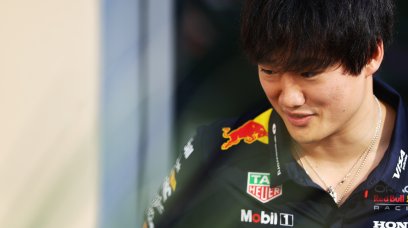
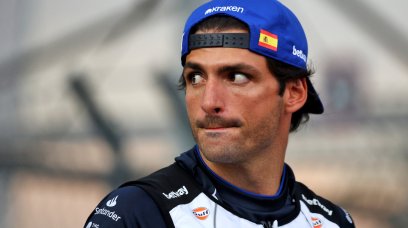

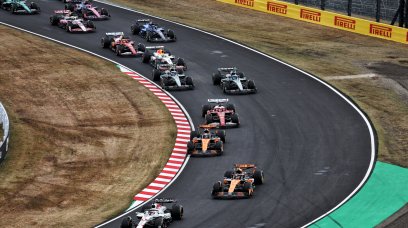
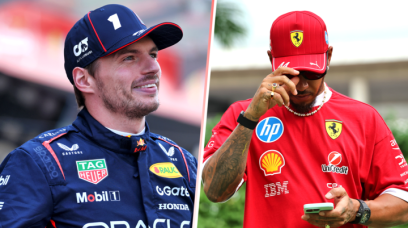
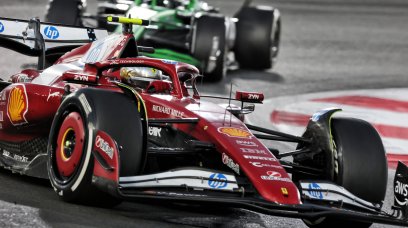
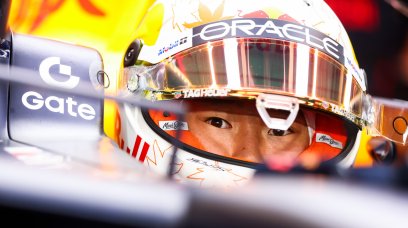
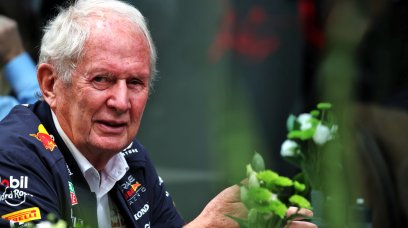
Join the conversation!